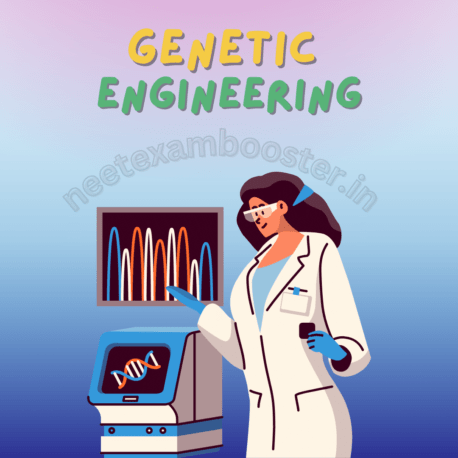In a few seconds, I’ll reveal my new scientific breakthrough in the field of genetic engineering. Ladies and gentlemen, I present to you a new hybrid species – oh little kitty, that was the best part of the movie! But kitty’s scared, I understand.
I know you all must have heard about the term genetic engineering in recent times, and I’m sure you are very curious to know about it.
What is Genetic Engineering?
To keep it in simple words, genetic engineering, which is also known as genetic modification, is a process by which the genes of an animal or plant are changed or modified to make the organism have certain characteristics. For example, there is a cat with beautiful and shiny fur that other cats envy. So what we can do is take out the gene responsible for giving the cat that lovely fur and transfer it to other cats so that they can develop or grow the same set of fur.

Basically, what we are doing here is changing the creature’s genome by adding a new and better gene. And just like that, many animals are genetically modified for a specific purpose. But its usage is not just limited to animals, genetic engineering is widely used in the agriculture sector as well. It can be used to produce crops that are stronger and more nutritious than the regular ones. Some plants are engineered to resist pests or herbicides, whereas others have added vitamins or minerals.
Is Genetic Engineering Helpful or Harmful?
But, if genetic engineering is so helpful, then why is there so much controversy around it? Well, as they say, everything that shines is not gold. And like any other scientific invention, genetic modification comes with a whole set of baggage. Yes, my friends, the modified food contains hidden allergens. A study has shown that as the foundation of genetic engineering is DNA, which directs the production of proteins that are also common sources of human allergens. So when DNA from one organism is spliced with another, it can turn a non-allergenic food into one that will cause an allergic reaction in some people.
Scientists have warned that some herbicide-tolerant crops are cross-pollinating with wild cousins and could create herbicide-resistant weeds, known as superweeds. But the biggest concern with genetic engineering is that it could be very harmful to humans as well as animals. Despite all the assurance that there is no reason to worry, a growing body of evidence indicates that genetic engineering can cause unintended changes to our food, making it less nutritious or even harmful.
For example, a study reported that milk produced from genetically modified cows contains higher levels of growth factor that may be linked to increased risk of cancer in humans.
Trivia Time
Did you know the first genetically modified organism to be created was a bacterium in 1973? Yes, and in 1974, the same techniques were applied to mice. As the technology progressed, scientists created the first clone made with DNA from an adult sheep named Dolly in 1997.




 155 out of 200 questions were directly asked from these notes in NEET 2024
155 out of 200 questions were directly asked from these notes in NEET 2024
